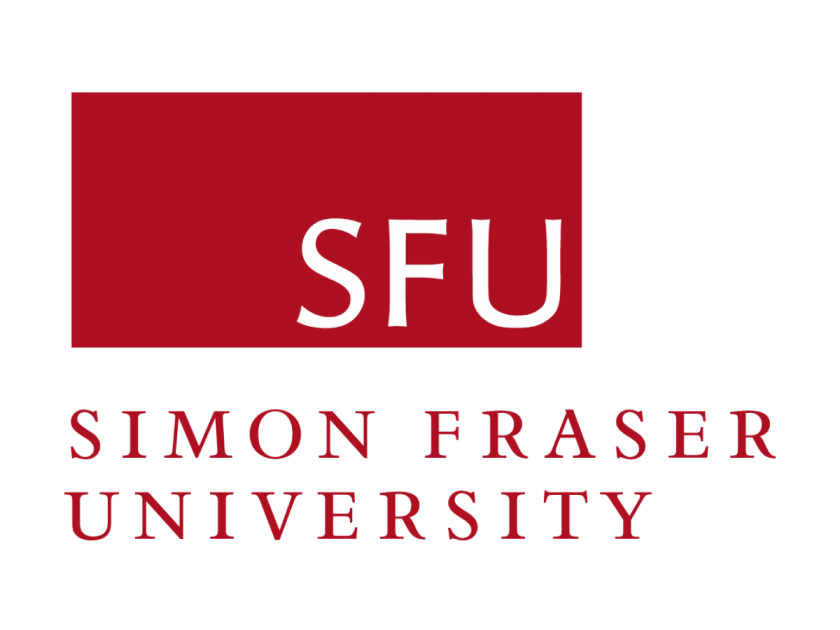Analysis of Translation Trends of the Modal Verb “Can” and Its Alternatives in Vietnamese Based on Corpus-Based Study
DOI:
https://doi.org/10.54855/ictep.16Keywords:
translation, Vietnamese-English translation, Modal verb, translation analysis, corpus-based studyAbstract
As the author has observed, "can" and its English alternative modal verbs like "could", "may" or "might" are usually translated into Vietnamese under a general word: "có thể". However, those words do express not only the subject's ability or probability of happening of an event but also other meanings such as permission or general characteristics (Thomson and Martinet, 1986; Alexander, 1990; Eastwood, 1994). The question is that how we can grasp the tendencies of translating the modal verb "can" and its alternatives in specific situations into Vietnamese and vice versa without causing ambiguities or negative effects on target readers. Hence, the author decided to conduct the research with translation data which is combined from the source of 30 popular English books and their translation versions in the Vietnamese language, making a set of about 40,000 pairs of sentences to investigate how the modal verb "can" and other modal verbs are translated in Vietnamese with some basic statistics analyzed together with their pictorial graphs in order to highlight those translation trends.
References
Baker, M. (2018). In Other Words: A Coursebook on Translation (3rd ed.). Routledge.
Cao, X. H. (1998). The Vietnamese Language: A number of Phonetic, Grammatical and Semantic Issues. Hanoi: Education Press.
Catford, J. C. (1965). A Linguistic Theory of Translation: An Essay on Applied Linguistics. Oxford University Press, London.
Chesterman, A. (1989). Readings in Translation Theory. Helsinki: Oy Finn Lectura Ab.
Creswell, J. W., Clark, V. P. L., & Fetters, M. D. (2021). BUNDLE: Creswell, Designing and Conducting Mixed Methods Research 3e (Paperback) + Fetters, The Mixed Methods Research Workbook Vol 7 (Paperback) (1st ed.). SAGE Publications, Inc.
Dinh, D., Luong, A. V., & Nguyen, D. (2017, October). Examining the text-length factor in evaluating the readability of literary texts in Vietnamese textbooks. 2017 9th International Conference on Knowledge and Systems Engineering (KSE). https://doi.org/10.1109/kse.2017.8119431
Fontaine, L. (2012). Analysing English Grammar: A Systemic Functional Introduction. Cambridge University Press.
Halliday, M. A. K., & Matthiessen, C. M. I. M. (2004). An Introduction to Functional Grammar (3rd ed.). Hodder Education Publishers.
Halliday, M. A. K., Matthiessen, C. M. I. M., Michael Alexander Kirkwood Halliday, & Christian M. I. M. Matthiessen. (1999). Construing Experience Through Meaning. Continuum.
House, J. (1977). A model for translation quality assessment. Gunter Narr, Tübingen.
House, J. (2014). Translation Quality Assessment: Past and Present (1st ed.). Routledge.
Koller, W. (1995). The Concept of Equivalence and the Object of Translation Studies. Target. International Journal of Translation Studies, 7(2), 191–222. https://doi.org/10.1075/target.7.2.02kol
Malamatidou, S. (2019). Corpus Triangulation: Combining Data and Methods in Corpus-Based Translation Studies (Routledge Studies in Empirical Translation and Multilingual) (1st ed.). Routledge.
Newmark, P. (1988). A Textbook of Translation. Prentice Hall.
Nguyen, M. T., & Nguyen, V. H. (1998). Components of Vietnamese Sentences (1st ed.). Hanoi National University Press.
O’Keeffe, A., & McCarthy, M. J. (2022). The Routledge Handbook of Corpus Linguistics (Routledge Handbooks in Applied Linguistics) (2nd ed.). Routledge.
Phakiti, A., de Costa, P., Plonsky, L., Starfield, S., & de Costa, P. (2018). The Palgrave Handbook of Applied Linguistics Research Methodology. Palgrave Macmillan.
Sanz, C., & Morales-Front, A. (2018). The Routledge Handbook of Study Abroad Research and Practice (Routledge Handbooks in Applied Linguistics) (1st ed.). Routledge.
S., H. A., Turnbull, J., Lea, D., Parkinson, D., & Phillips, P. (2013). Oxford Advanced Learner’s Dictionary, 8th edition (Oxford Advanced Learner’s Dictionary) (8th ed.). Oxford University Press.
Thomas, J., & Boulton, A. (2012). Input, Process and Product: Developments in Teaching and Language Corpora. Masaryk University Press.
To, T. M. (2018). The English Modal “can” and Its Vietnamese Counterpart “có thể”. International Journal of Language and Linguistics, 6(3), 61–69. https://doi.org/10.11648/j.ijll.20180603.12
To, M. T. (2022, June 17). Future meaning in Vietnamese and English: Similarities and Differences. International Journal of TESOL & Education, 2(3), 133–148. https://doi.org/10.54855/ijte.22239
Tran, L. H. N. V. T. (2021, December 27). An Analysis of Negative Verbs’ Equivalents in a Vietnamese Translation of ‘The Call of the Wild.’ International Journal of TESOL & Education, 2(1), 105–116. https://doi.org/10.54855/ijte.22217
Downloads
Published
How to Cite
Issue
Section
License
Copyright (c) 2022 Huynh Cong Nguyen

This work is licensed under a Creative Commons Attribution 4.0 International License.
Authors retain copyright and grant the picte the right of first publication with the work simultaneously licensed under a Creative Commons Attribution 4.0 International License that allows others to share the work with an acknowledgment of the work's authorship and initial publication in this journal.
Authors are able to enter into separate, additional contractual arrangements for the non-exclusive distribution of the proceedings' published version of the work (e.g., post it to an institutional repository, in a journal, or publish it in a book), with an acknowledgment of its initial publication in this proceedings.
Authors are permitted and encouraged to post their work online (e.g., in institutional repositories or on their website) prior to and during the submission process.










